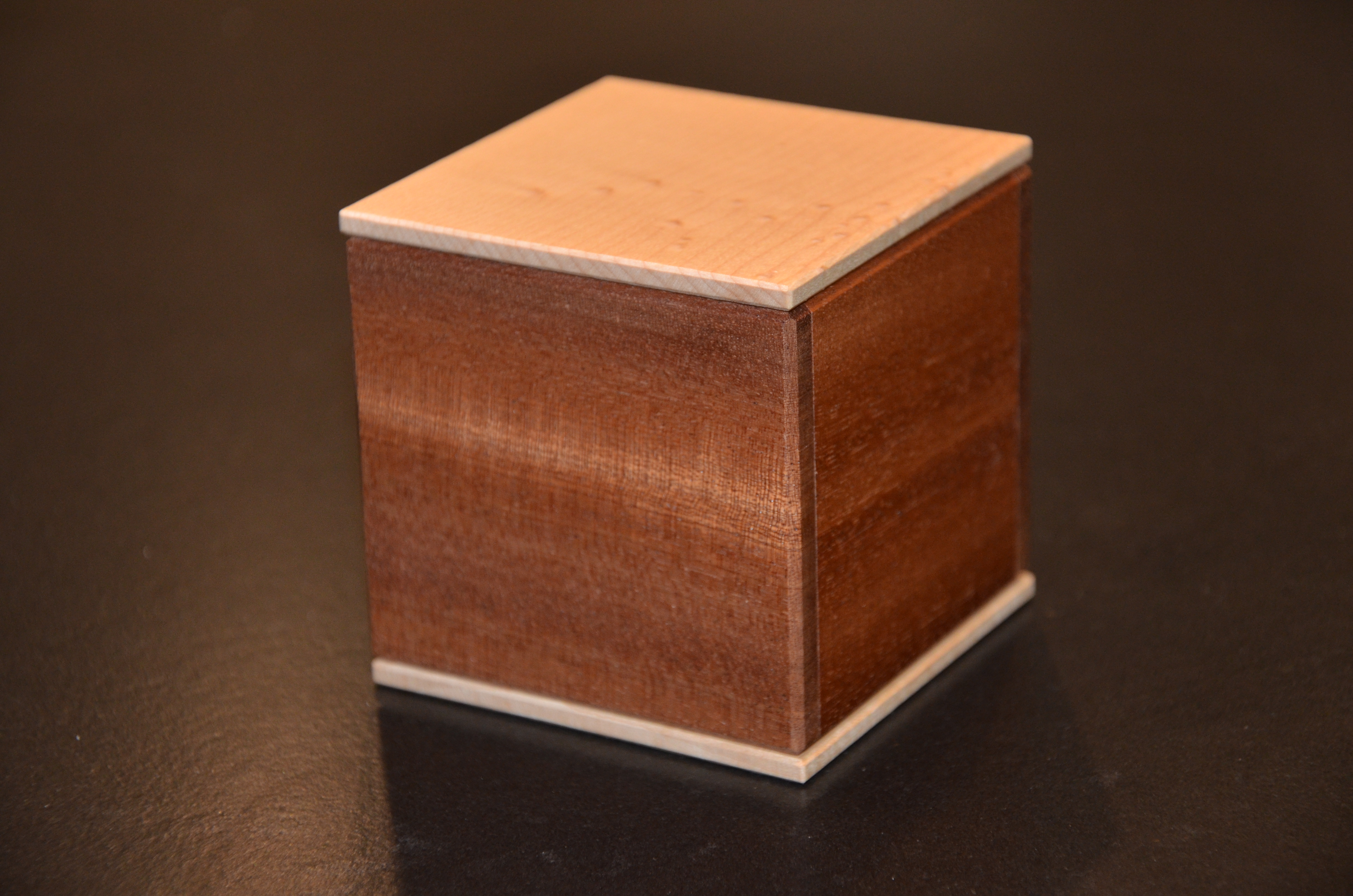Solved
-
Read More: Harun Packing Puzzle – Dr. Volker LatussekI try to be inspired before writing a blog post. I find that I write…
-
Read More: Bouquet – Christoph LoheI’ve been working on this puzzle on and off for a few weeks now and…
-
Read More: Tube It In Packing Puzzle – Wil StrijbosI am very excited about this one! Tube It In is a unique packing puzzle…
-
Read More: Improved Cam Box – Eric FullerWhelp, I caved in and bought another puzzle box. After feeling super excited about solving…
-
Read More: Topless Box – Eric FullerThis puzzle box is quite amazing. The journey that it took me on from initial…
-
Read More: MysTIC – Andrew CrowellOk, today, I have MysTIC – A very interesting 4×4 cube that I am anticipating…
-
Read More: LunaTIC – Andrew CrowellWell, after a fairly long break, I’m back in the saddle again! This time I…
-
Read More: PackTIC #7 – Andrew CrowellThis week I have another TIC from Woodwonders. It’s PackTIC #7 and boy, did this…
-
Read More: FanaTIC – Andrew CrowellWow! I am sure excited for this one. I have FanaTIC designed by Andrew Crowell…









